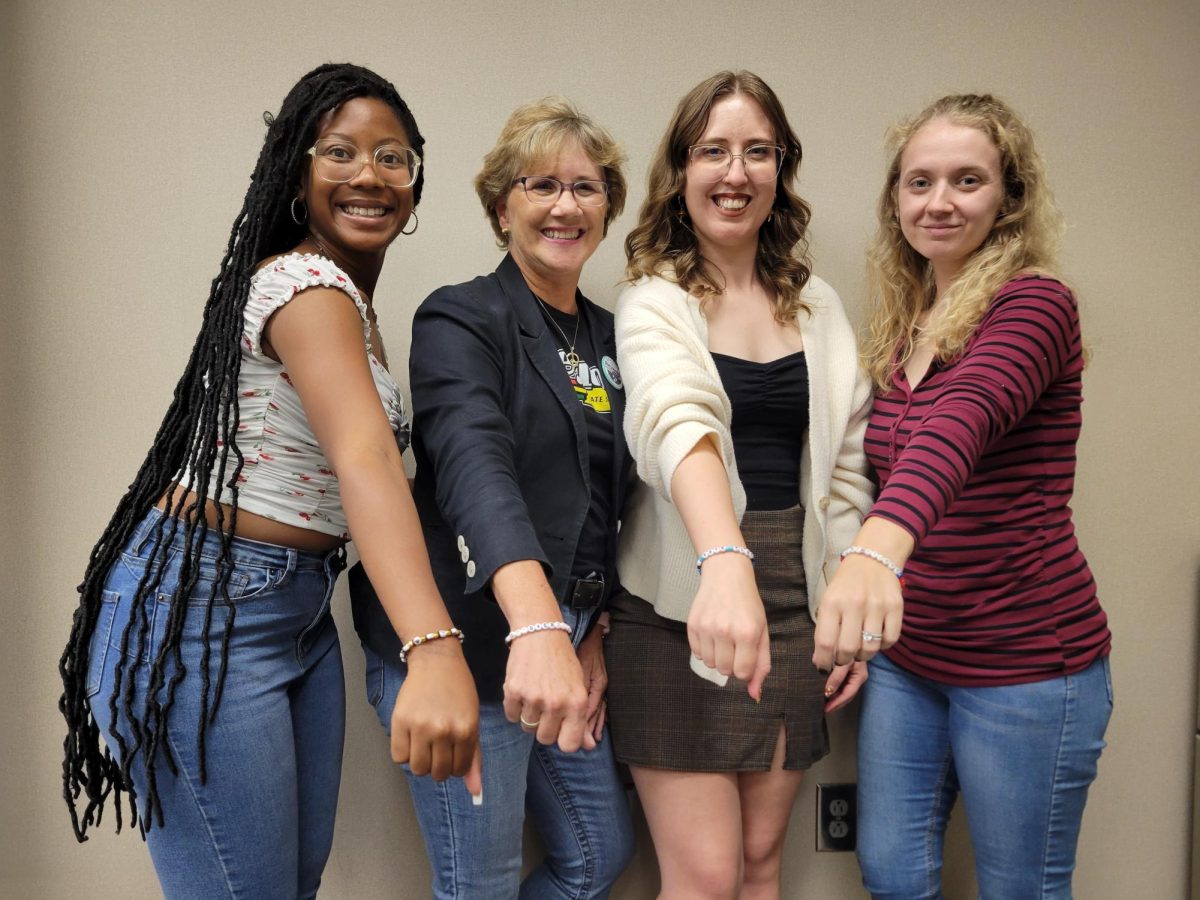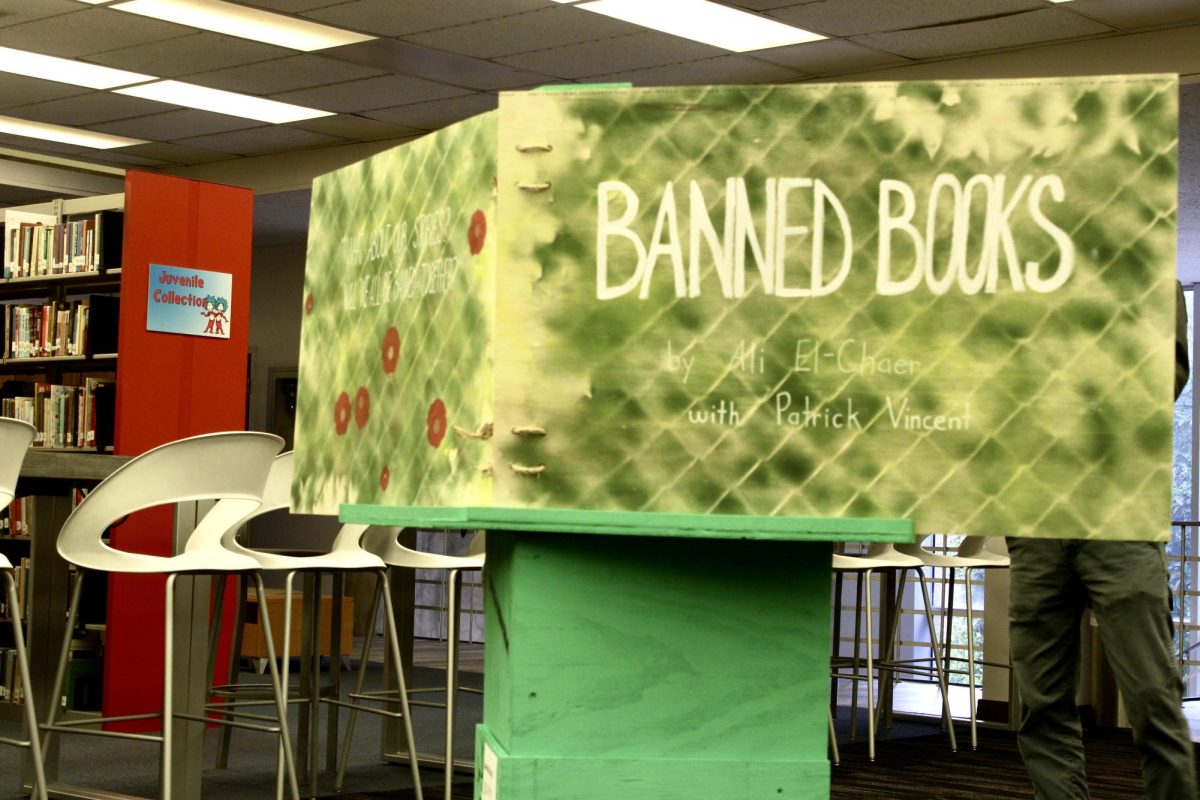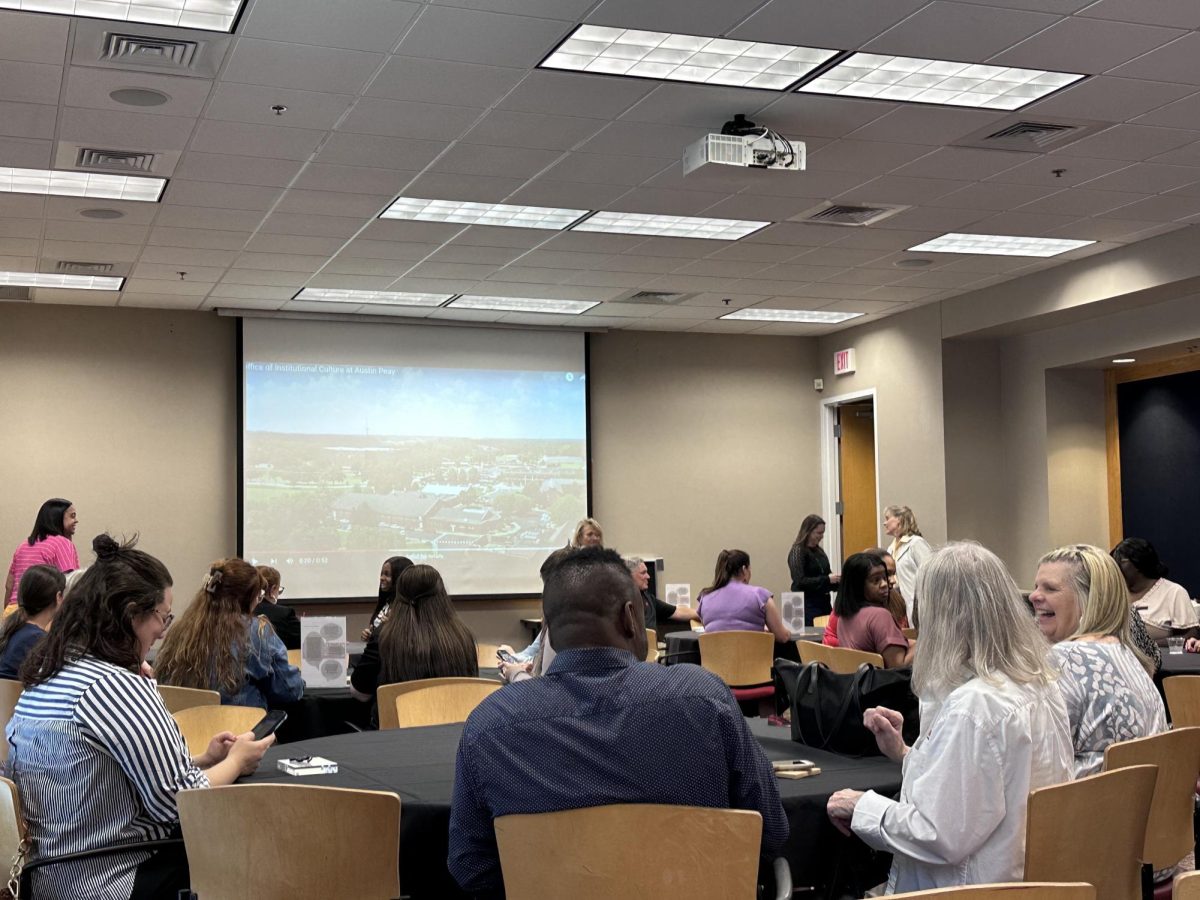MAE ANDERSON, AP Business Writer
NEW YORK (AP) — In the world of advertising, any publicity can be good publicity. The goal is get people talking, and there’s no bigger stage in advertising than the Super Bowl.
Companies spend millions to create Super Bowl ads that they hope will have people gabbing around the water cooler the next day. But the holy grail is keeping them talking weeks, months and even a year later.
This year, dozens of big companies from Pepsi to Chobani are spending an estimated $4 million for a 30-second spot during Super Bowl XLVIII on Sunday, Feb. 2 in hopes they’ll do just that. But as they gear up for the biggest day in advertising, they can take lessons from some of the most talked-about Game Day ads last year.
Here’s a look back at how those ads came to be, and what the companies that created those spots plan this year:
“DUNK IN THE DARK”
Last year, one of the most memorable Super Bowl ads was a spur-of-the moment social media post by Oreo that went viral.
When a blackout hit the stadium early in the third quarter last year, Oreo was prepared to create instant social media content.
Ten minutes later, the ad was out on Twitter and Facebook, which featured an image of an Oreo in partial darkness and the tagline “You can still dunk in the dark.”
In the first hour, the ad had more than 10,000 retweets on Twitter and 18,000 likes and 5,000 shares on Facebook. “We didn’t realize how far it was going to go,” said 360i CEO Sarah Hofstetter.
Even with the success of the spot, this year, Oreo is sitting out the big game. In 2013 the Super Bowl was the best channel to kick off Oreo’s “Cookie vs. Creme” campaign, but this year the company says it’s using other channels as its marketing evolves.
CLYDESDALE APPEAL
Some Super Bowl themes never seem to grow old for viewers, as Anheuser-Busch learned last year.
The beer maker, depicted a Clydesdale last year growing up with his trainer and then recognizing him years later during a parade in Chicago in a spot called “Brotherhood.” Fleetwood Mac’s ballad “Landslide” played in the background.
It wasn’t easy to orchestrate that ad’s emotion. One problem: the company had to wait for a baby Clydesdale to be born after the ad was conceived the summer before.
Next, the company considered hundreds of actors to find one who was comfortable around horses. “It has to be someone who has grown up around horses, these horses are gigantic. They’re super gentle, but if you move the wrong way you’re going to get stepped on,” Anomaly partner Mike Byrne said.
The work paid off. The spot resonated with fans and was named the top ad of the game by USA Today’s AdMeter, an annual ranking of Super Bowl ads.
This year, Anheuser-Busch is sticking with the “cute” theme for its Clydesdale spot, with “Puppy Love,” an ad about a friendship between a Clydesdale and a puppy.
VOLKSWAGEN GOES REGGAE
Sometimes ads are better known for their controversy. Take Volkswagen’s “Get Happy” for the VW Passat Super Bowl last year.
The company’s ad last year depicts the life of a white middle American office employee so happy he drives a Passat that he starts speaking in a Jamaican accent, much to the consternation of his co-workers.
The company says it was looking for a way to convey the idea that when you “see the world through the lens of Volkswagen, things get a little rosier,” said Justin Osborne, general manager of brand and marketing communications for Volkswagen.
So the company, which released the ad before the Super Bowl, was surprised when it generated a flurry of controversy. Some people said it bordered on racist because it portrayed the Jamaican accent as a caricature.
The furor was quelled, however, by Jamaicans. “Very quickly, the Jamaican tourism board and Jamaicans themselves came to our side and said it was not an issue,” Osborne said.
This year, Volkswagen is planning another humorous ad: It shows a factory where Germans sprout wings every time a Volkswagen passes 100,000 miles to a catchy tune.
-Published by Andrew Thompson






